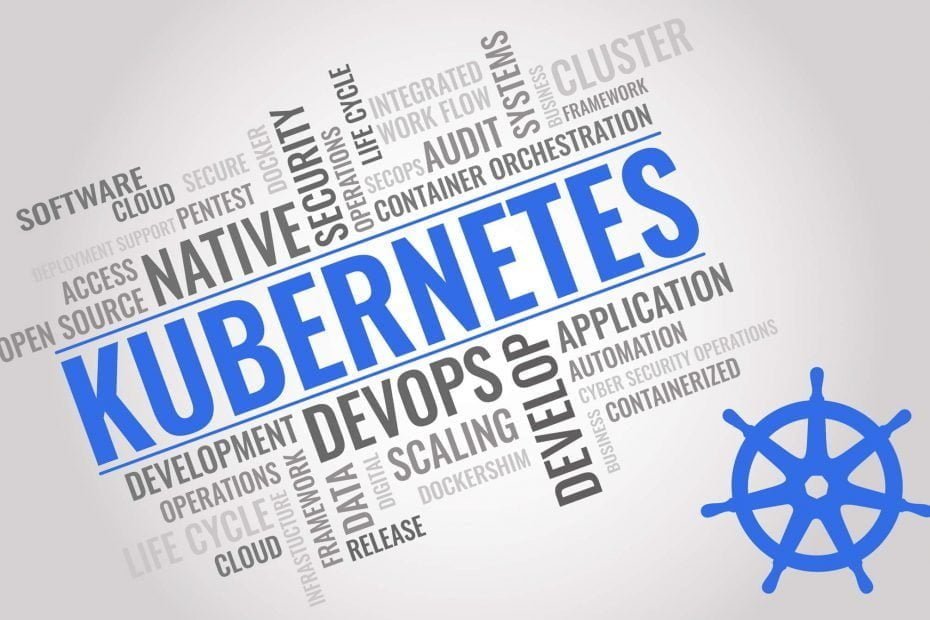Almost every organization today utilizes internal applications to maximize efficiency, coordinate between teams, and increase effectiveness. Part of the reason that modern businesses are so competitive is thanks to this use of technology and applications. Of course, using applications isn’t the hard part of the equation.
The difficulty is in maintaining the supporting equipment, retraining staff to use leverage the technology, and ensuring that the applications can be scaled as the business grows. If you’ve been working at an organization for a while, the chances are that you’ve come across such applications.
This is where Kubernetes comes in. What is Kubernetes, though? Today, we’ll take a look at this question. To do so, we’ll have to engage in a brief history lesson. This is because understanding Kubernetes partly relies on understanding the context which necessitated its emergence.
Unlock the future of intelligent applications with our cutting-edge Generative AI integration services!
A History of Application Deployment
Application deployment has gone through three major phases so far. Let’s take a look at each one in more detail.
Phase 1: Traditional
The first phase is often referred to as the traditional phase. This was when cloud computing and big data were more theoretical concepts than they are today. In this era, app deployment was rather simple. An organization would simply have a server in-house where the application was hosted. The operating system would host the application, and everyone was happy.
Of course, as with all things tech-related, organizations soon began to hit bottlenecks. Why did this happen? Well, the short answer is that applications need processing power to function, and a server cannot smartly allocate resources if multiple applications are running on it. Think of it this way, everyone is busy working on one application, but you need to use another one.
Both of these are hosted on the same server. Even though you’re the only user of the application, you’ll find that it isn’t running as smoothly as it normally does. In fact, you may find that it fails to start at all. This is because the server is busy fulfilling the requests for the other application at the moment.
The bottleneck here is clear. Now, you could simply get a dedicated server for each different application, but this isn’t practical for large organizations. If the solution can’t be scaled, then it’s only a temporary fix. A different kind of solution was required.
Phase 2: Virtual Machines
Understanding Kubernetes means appreciating that this bottleneck needed to be resolved. Enter virtual machines. Imagine if you had the benefit of having a separate server without going out and buying an actual physical server. This is the main benefit that virtual machines offer. A virtual machine is an independent and isolated space running within the physical server an organization already had.
This meant that if an organization wanted to add a new application, they wouldn’t have to go out and buy a new server. Instead, they could simply run a VM on the existing server. Via VMs, applications could be run in tandem without one affecting the performance of the other. A sort of compartmentalization, so to speak.
The added benefit of VMs is that they provide an extra layer of security. Since each VM is isolated from the other, applications running on separate VMs would not be able to communicate with each other. This means that the information on one VM was self-contained and could not be accessed or manipulated by an application on another VM.
Phase 3: Containers
This brings us to the latest iteration of the application deployment process – containers. You can’t answer “what is Kubernetes?” without an understanding of containers. Containers are almost like virtual machines in that they are self-contained and isolated from each other. However, they are far more flexible and dynamic in their functions.
This makes them incredibly lightweight. The biggest reason containers have become so popular is because they allow organizations to emphasize cloud computing. Since containers are more relaxed in their isolation within the operating system, they can be more removed from the physical infrastructure and be utilized on various operating systems and clouds.
Now to answer the question you came here for: what is Kubernetes? Essentially, Kubernetes is an open-source platform that organizations can use to manage applications as containers. These are referred to as workloads and services for the more tech-savvy. The Kubernetes ecosystem has been growing at a commendable pace for the past few years, and the fact that it’s open-source means that there are plenty of resources, support, and services available for organizations looking to use it.
What is Kubernetes Value
Let’s take a look at what Kubernetes can help organizations do.
- Kubernetes can allow organizations to balance the load on their network and carry out real-time traffic distribution to always ensure stable deployment. This makes sure that applications run smoothly and efficiently with minimal downtime.
- Kubernetes also permits the addition of storage systems from external sources. This grants a greater degree of flexibility to organizations.
- Smart resource allocation allows organizations to limit containerized tasks to certain nodes. In this way, Kubernetes knows exactly how much memory should be dedicated to each container. This allows for a more efficient allocation of resources.
- Kubernetes attempts to heal containers on its own and does not show them to clients while they are damaged. In the meantime, it restarts the container, replaces is or kills it in case it doesn’t meet the health check.
- Kubernetes can safely sensitive data such as passwords, authorization tokens, and keys. Unlike in the past, organizations do not have to rebuild the image, potentially risking the sensitive information being exposed in the stack.
Small Disadvantaged Business
Small Disadvantaged Business (SDB) provides access to specialized skills and capabilities contributing to improved competitiveness and efficiency.
Further blogs within this What is Kubernetes? and Cloud Reduces Greenhouse Emissions category.






